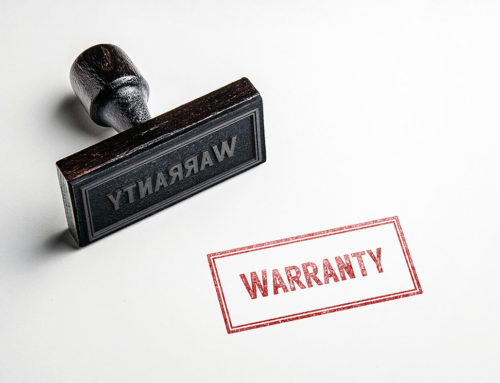Solar farms are wide-open unobstructed areas of conductive material. It’s no surprise that they are highly susceptible to lightning strikes. Direct strikes may be relatively rare, depending upon a facility’s size and location, so most damage is usually sustained from nearby indirect strikes. An indirect strike can cause tremendous amounts of overvoltages to be forced into metallic lines running to and from sites, potentially causing catastrophic system failures. Costly equipment, such as, the modules, inverters, monitoring systems, tracker controls, weather stations, generators, and transformers can all be damaged or destroyed during such events.
Large investments like this should be protected against lightning related hazards and ALLTEC can simplify the process for you.
We follow a three-step process called the ALLTEC Protection Pyramid™. While there is typically no code requirement for solar farm owners to install lightning protection, we believe not installing lightning protection is akin to installing a whole house security system…and leaving the front door unlocked.
Comprehensive protection is key.
So, with that in mind, ALLTEC recommends starting at the bottom of the pyramid, with a grounding system design and analysis. The process involves a soil resistivity measurement being taken and uploaded into a specialized grounding software that can help model the best grounding system for an array. With those design plans, a wide range of products can be used to achieve ideal ground resistance. You can learn more about Alltec grounding products here.
The next step up the Pyramid is surge protection. Surge Protection Devices (SPDs) are recommended at multiple points on a photovoltaic system. PV Panels and the strings are ineffective at grounding on their own, which makes installing the first line of surge protection on the DC line in the combiner boxes crucial.

Figure 1
ALLTEC recommends surge protection be installed on both the DC inputs, and AC outputs of the system’s inverter. Surge suppression should be deployed with reference to Ground on both the DC (+) and DC (–) lines. AC protection should be deployed on each power conductor the ground. Combiner circuits should also be protected, as should all control circuits.
See figure 1 for an example SPD placement.
Lastly, is the third tier of the Alltec Protection Pyramid, lightning protection. While there may not be laws requiring lightning protection, both the NFPA 780 and IEC-62305 suggest solar developers or owners conduct a cost/benefit analysis to decide what type of lightning protection should be added to an array. Alltec offers this Lightning Risk Analysis, as an engineering service, prior to the purchase of a lightning protection system. We even have an online tool to get you started!
As for the equipment offered, ALLTEC can design a system using traditional franklin rods, charge dissipation terminals, or early streamer emission terminals – which have gained popularity due to the large zones of protection a single unit can provide.
In any event, Alltec is ready to be your one stop shop for all your solar array protection needs. We have decades of experience identifying and eliminating lightning risk for our clients. With a selection of products for every area of needed protection and a team of experts ready to help you, let us simplify the process for you.





